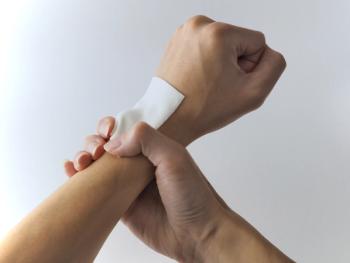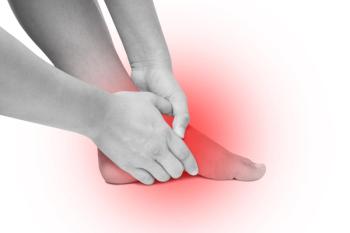
Analyzing the Effectiveness of Laser Therapy in Dental Pain Relief
Laser therapies may help with pain after a root canal, but a review of published studies shows their effectiveness can vary significantly. Further research is needed to identify the optimal approach.
Intraoral laser therapy may not provide long lasting pain relief after root canal treatments (RCT) according to a recently published systematic review and meta-analysis. Photodynamic therapy and laser disinfection provide short-term pain relief in the early postoperative period, but its long-term benefits in pain relief are less clear and require further research.
The review published in October in
Postoperative pain is a prevalent issue following root canals, significantly affecting patient comfort and the overall experience of dental care. The pain can arise due to various factors, including inflammation, tissue trauma during the procedure, and individual patient sensitivity. The management of this postoperative discomfort is crucial for improving patient outcomes and satisfaction, and traditional pharmacological approaches, such as nonsteroidal anti-inflammatory drugs, acetaminophen and intracanal medications may not always provide sufficient relief. As a result, there is a growing interest in exploring alternative modalities for pain management, including laser therapy.
Laser therapy has been employed in dental practices to manage postoperative pain.Types of laser therapy include photodynamic therapy, photobiomodulation and low-level laser therapy. Existing evidence has demonstrated that laser therapy can reduce inflammation, enhance cellular repair, reduce bacterial load within the root canal system and alter the pain sensation in the immediate area.
Elmsmari and team aimed to evaluate the effectiveness of laser treatment modalities in alleviating postoperative pain following both primary and secondary endodontic treatments. By comparing laser therapy to conventional treatment methods, specifically focusing on randomized clinical trials, the study sought to clarify whether laser interventions offer clinically significant advantages in pain management. Various studies to assess the efficacy of different laser techniques and their impact on pain perception across multiple time points after treatment were collected from the aforementioned electronic databases.
The findings indicated that intraoral laser therapy did not demonstrate a significant advantage over traditional treatments in terms of pain relief but was observed to outperform placebo treatments, especially within the first 72 hours post-operation. Low-level laser therapy showed a slight reduction in pain intensity during the initial hours after treatment but appeared to be less effective in retreatment scenarios. Photodynamic therapy and laser disinfection methods were noted to offer marginal benefits shortly after procedures but exhibited reduced efficacy over longer periods and in repeat treatments.
The authors’ observations suggest that while laser therapies may have potential roles in managing postoperative pain, their effectiveness can vary significantly depending on the specific context of treatment and patient response. The variability in results emphasized the necessity for further research to identify the optimal applications of these laser modalities, investigate the influence of different factors on treatment outcomes, and perhaps refine the techniques for enhanced efficacy in pain management following endodontic procedures.
This research contributes worthwhile insights into the role of laser therapy in dental pain management, indicating that while it may not universally replace conventional approaches, it can serve as a complementary option in specific scenarios. Future studies are warranted to explore diverse laser applications and to further delineate the prognostic factors influencing the success of laser treatments in this context.
Newsletter
Get the latest industry news, event updates, and more from Managed healthcare Executive.






















































